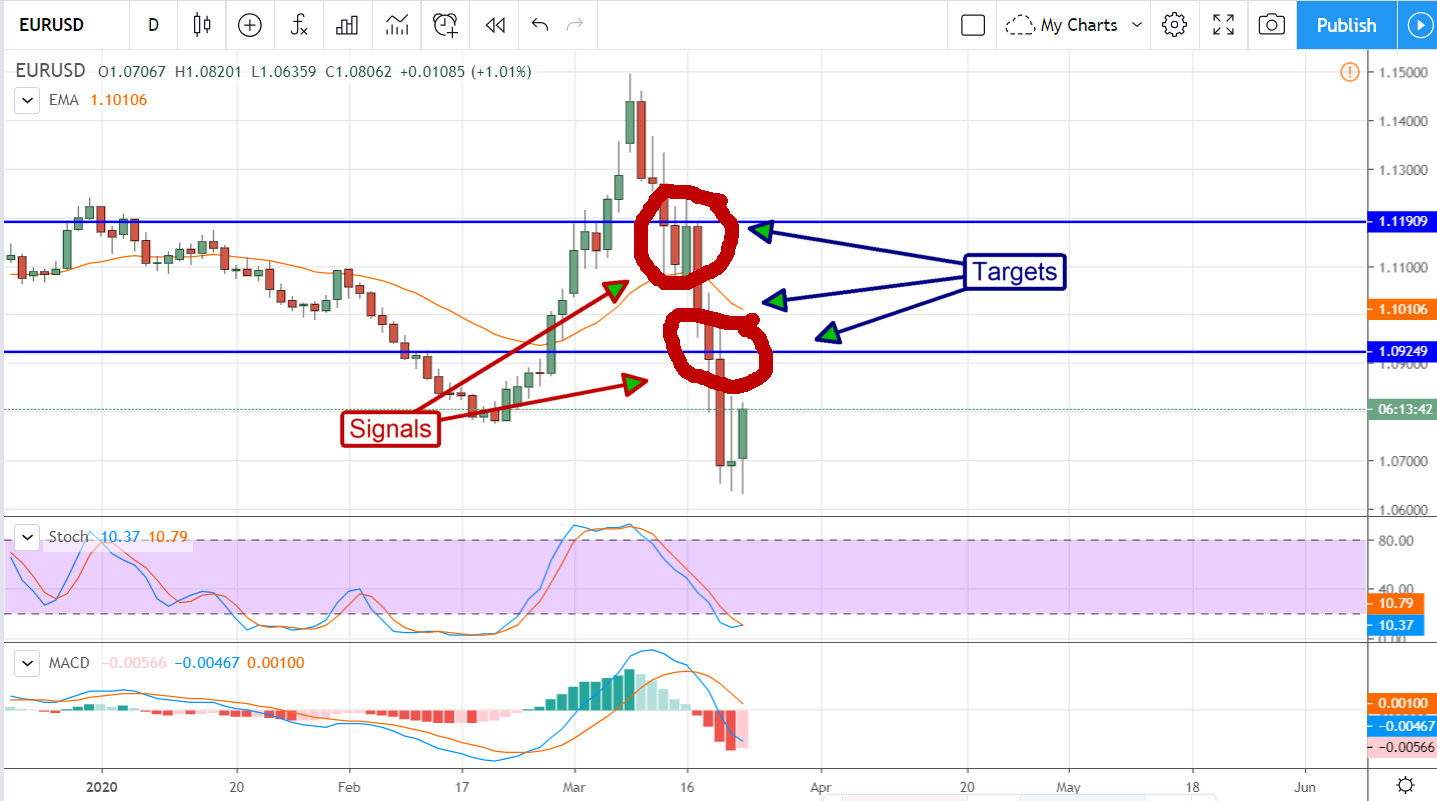What Is Volatility? Friend Or Foe It’s A Part Of Trading
Volatility Can Cut Both Ways
Volatility. It’s a word I’ve been hearing a lot lately because it is here, its in the market, and its going to stay. Trying to pin down what exactly volatility means can be little tricky though because it can be applied to the market in a couple of ways. Bottom line, it refers to how an asset is moving and can be a traders friend of foe.
Volatility can be a measure of a stock (or other assets) tendency to move. The higher the volatility the higher the tendency for movement. Because day traders make money on the movement of assets they tend to like higher volatility. Assets with lower volatility tend to make smaller movements and are the kinds of investments long-term minded investors like to target.
Sometimes, a high-volatility stock can see its movements subside or vice-versa, a low-volatility stock can see its movements begin to get bigger. Say, for example, management at a blue chip stock starts to make moves that leads the market to believe a spin-off is coming. The assumption of news is often enough to get other investors and/or speculators interested and that can drive volatility.
Volatility can also be a measure of market fear. This is best expressed with the VIX index, an index that measure the price of options relative to the S&P 500. When the VIX is high it means it costs more to buy protection for your portfolio because the market is scared prices are going to fall. This is why the VIX is also called the “fear index”. As a measure of fear, when the VIX is high it means the market is jumpy and reactive. When news comes out, either good or bad, you can expect to see the market move.
In both cases, volatility does not mean price action moves in a straight line. This is particularly true at times when the market is scared. A sell-off one day may be followed by a rally the next. It just depends on the news. Trades are cautioned to keep an eye of support and resistance targets because they will cause reversals. In this situation indicators like MACD and stochastic can drive a trader made because it is giving off nothing but false signals with each whiplash. If you are having trouble like this it can pay to take a step back and get a look at the big picture using a different time-frame of chart.
